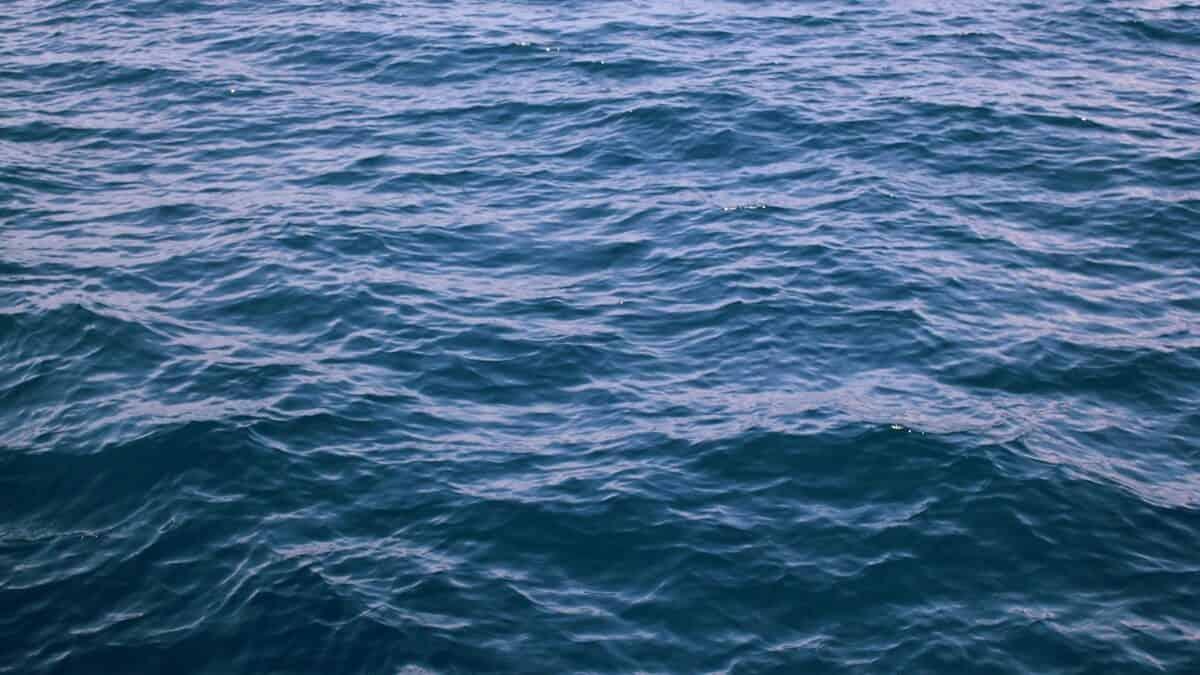There’s growing pressure to find pollution-free energy sources. Generating power by using water is one of them – well, three actually!
There are three main ways we can generate electricity from water. They are:
- Hydro-electric
- Waves
- Tides
Hydroelectric Power
Hydroelectric power harnesses the energy in running water.
Hydroelectric dams can be found all over the world, where large amounts of water can be trapped behind a reservoir.
This trapped water is allowed to escape through pipes in the dam. When the water flows through the pipes, it turns a turbine that is linked to a generator that produces electricity. ‘Run of the River’ hydro systems don’t use a dam and reservoir, but harness the energy in fast-flowing rivers.
Advantages
- Water is plentiful, free and renewable.
- Hydro electric power does not produce any carbon dioxide emissions when using water to produce electricity.
- Electricity can be generated 24 hours a day as long as there is enough water. But this can’t happen every day as the reservoir needs time to fill up again from time to time.
- The dam gates can be opened and closed to control when the electricity is made.
- The amount of electricity produced can also be controlled by changing how much water can flow.
- It is much more reliable than wind and solar power, although it does depend on enough rain, especially for ‘run of the river’ systems.
Disadvantages
- It is very expensive to build a dam, and construction can produce a lot of emissions.
- When a dam is built, a huge area is flooded to make a lake. The water displaces the people and animals living there.
- It can be difficult to find a suitable site for a reservoir or a dam. There are very few available sites for new plant in the UK.
- There can be negative environmental impacts. Water quality and quantity downstream can be affected
Waves
Waves are created when wind blows over areas of water. Some of the energy from the wind is transferred to the waves, which then carry this energy as they move through the water.
Wave energy can be harnessed anywhere in the world where there is enough wind to produce waves for most of the time.
In the UK the best places for harnessing wave energy are North-West Scotland, Wales and South-West England. However there is only one commercial wave energy plant in the world, in Portugal, and this only generates very small amounts of electricity. But several are planned for the UK.
Wave energy can be harnessed out at sea or by the shoreline. For example, waves reaching the shore can be used like a piston to push air up and down a large pipe.
The force of the air being pushed is used to turn a turbine. This turbine is attached to a generator that creates the electricity. There are many other ways to make electricity from waves – they all convert the energy in the waves to electrical energy.
Advantages
- It is a renewable source of energy, which means that it will not run out.
- As an island we have a lot of suitable coastline and therefore could harness a lot of wave energy.
- The energy source is free.
- No fuel is needed and no waste or emissions are produced.
Disadvantages
- Wave power is still under development – it could be 10 years before it is ready to be used on a large scale.
- Wave power is more expensive than other forms of electricity production.
- Wave power devices need to be able to withstand very rough weather – it could cost a lot of money to repair damage caused by storms.
- Even in the most suitable spots, wave energy can be unreliable because it depends on the wind.
Tides
Tides are the rising and falling of the world’s oceans caused by the pulling force of the Moon as it orbits the Earth – its gravity exerts a pulling force on the Earth.
Tidal energy can be harnessed wherever there is a strong tidal current.
The best locations in the UK are in Scotland and the Severn Estuary. But there are only a few commercial tidal energy plants around the world.
Tidal energy can be harnessed in two ways. Tidal barrages block an estuary, to force the tidal current through turbines that generate electricity. Tidal Stream generation uses large turbines attached to the seabed. Rather like those used in a wind farm, these have large blades that are made to rotate by the tidal current. This turns a generator to produce electricity.
Advantages
- It is a renewable source of energy, which means that it will not run out.
- As an island we have several suitable sites where there is a strong tidal current.
- The energy source is free once the device is built.
- No fuel is needed and no waste or emissions are produced.
Disadvantages
- Tidal stream power is still under development – it could be 10 years before it is ready to be used on a large scale
- Tidal Stream power is more expensive than other forms of electricity production.
- Tidal barrages are extremely expensive and can harm the estuary environment.
- Both barrages and tidal stream plants can cause problems for shipping.
- Although tidal energy is plentiful, there’s one big drawback. Power can only be generated when the tide is flowing in or out.
You can hear Curious Kate on:
- Fun Kids Radio
- iTunes
- or listen to the series below!
Curious Kate is supported by British Gas Generation Green.
Curious Kate
Ever wondered how your fridge keeps your food cold? Have you ever sat back and asked yourself, what exactly is electricity? Then make sure you check out this series!
More From Curious Kate



